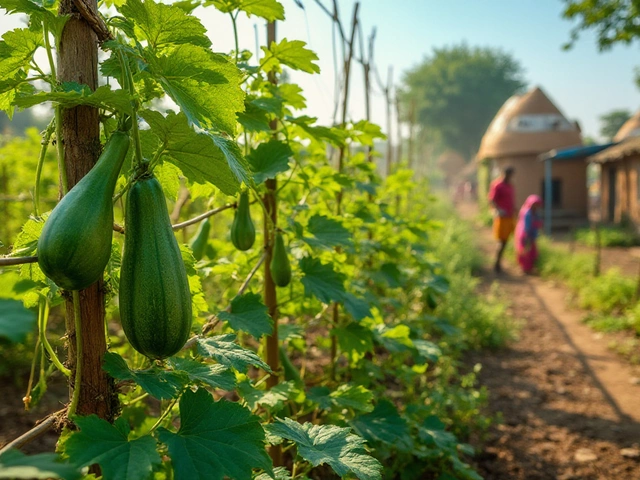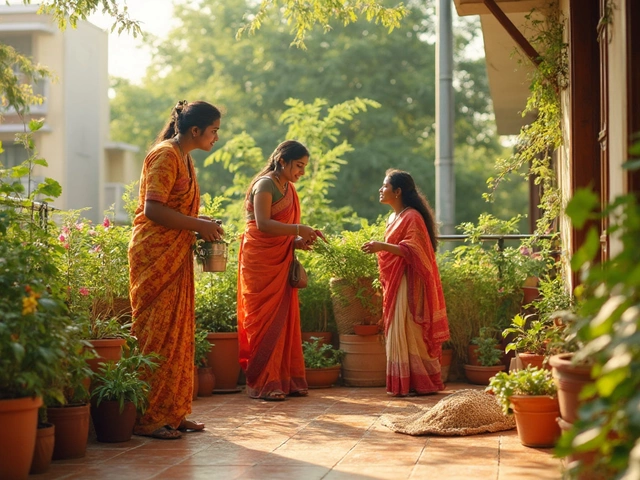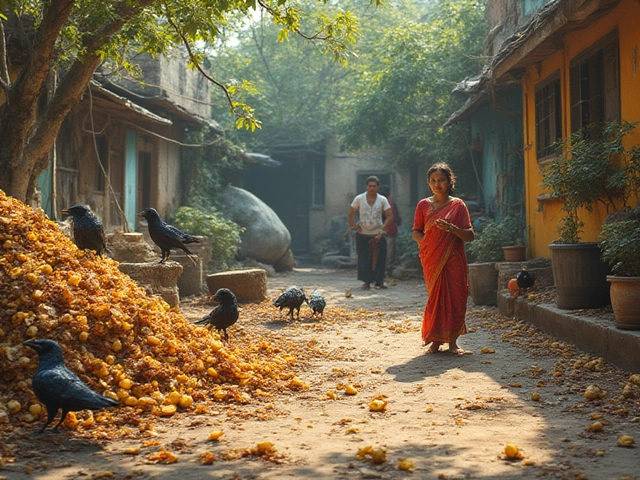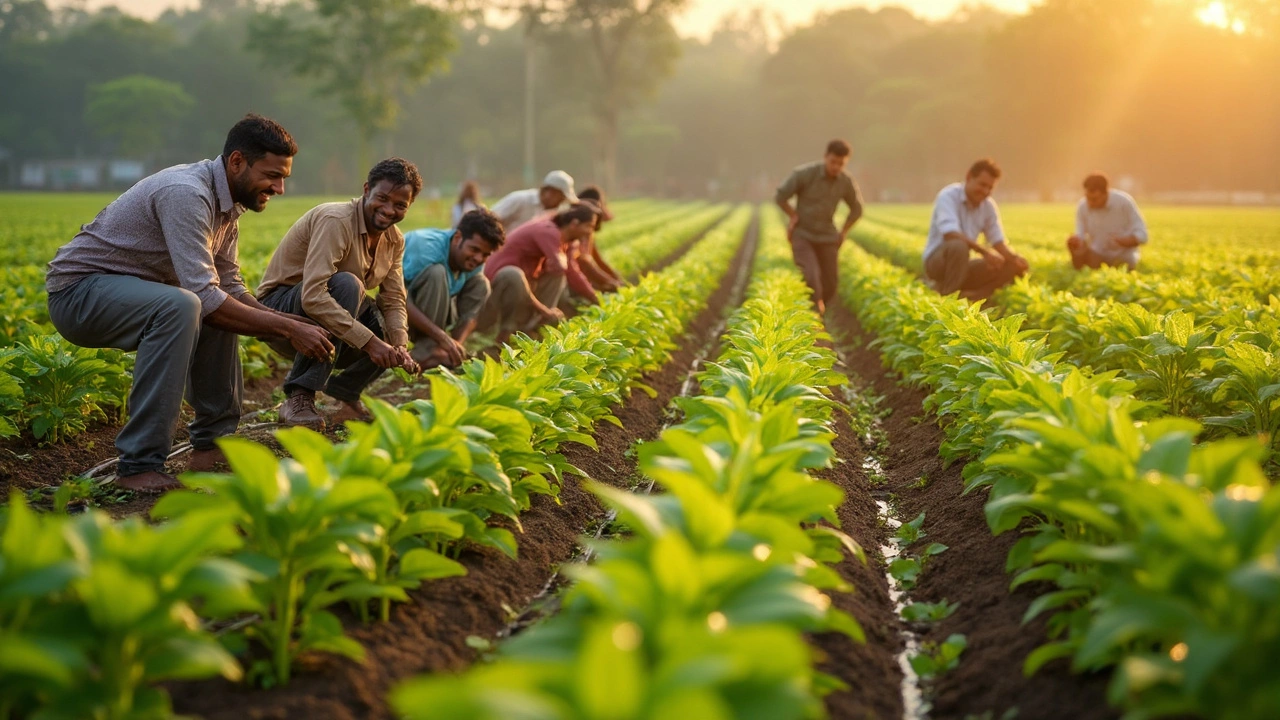Micro‑Irrigation Made Simple for Indian Gardens
If you’re tired of water waste and soggy soil, micro‑irrigation is the answer. It delivers water right where the plant roots need it, cutting down on loss and boosting growth. In India’s diverse climates, from the dry Deccan plateau to the monsoon‑rich east coast, a little smart watering goes a long way.
Why Micro‑Irrigation Beats Traditional Sprinklers
Traditional sprinklers spray water over a wide area, often missing the root zone and evaporating under the sun. Micro‑irrigation, especially drip systems, release a steady drip or spray directly onto the soil. This means less evaporation, lower weed growth, and healthier plants. For small balcony gardens, a drip line can be tucked into vertical planters without taking up space.
Getting Started: Choose the Right System
There are two main types: drip tape and drip line. Drip tape is a thin, flat tube that runs along rows of crops or flower beds. Drip line is a slightly larger, more durable pipe with built‑in emitters. If you’re a beginner, start with a simple drip line kit – it’s easier to install and less likely to clog.
Next, decide on placement depth. Our guide “How Deep Should Drip Irrigation Lines Be Buried?” recommends burying lines 2‑4 cm deep in loose soil. In heavy clay, keep them shallow or use a protector pipe to avoid damage. The depth influences pressure loss, so follow the guide for optimal water delivery.
Don’t forget a pressure regulator. Most Indian water supplies vary between 30‑60 psi. A regulator ensures a steady flow and prevents burst emitters. Pair it with a filter to keep the system free from sand and debris – especially important if you draw water from a well.
When laying the lines, plan a layout that follows the garden’s shape. For a rectangular vegetable plot, run the main line along one side and branch off with laterals every 30 cm. In a balcony garden, loop the drip tape around planters and secure it with clips.
Once installed, set a timer. Early morning watering (5‑7 am) reduces evaporation and gives plants time to dry before the night. A simple digital timer can be programmed for 15‑30 minutes, depending on soil type and plant needs.
Want to boost efficiency even more? Combine micro‑irrigation with mulching. A layer of organic mulch reduces surface evaporation and keeps the soil temperature stable. This combo is highlighted in our “Sustainable Gardening” post for an eco‑friendly approach.
Finally, monitor and adjust. Check the wetting front a week after installation. If the soil feels dry beyond the emitter zone, increase run time slightly. If you see water pooling, reduce the duration or check for clogged emitters.
Micro‑irrigation isn’t just for large farms – it works perfectly for kitchen gardens, rooftop farms, and even indoor plant setups. The key is to start small, follow the basic steps, and fine‑tune as you go. Ready to save water and grow greener? Pick a drip kit today and watch your garden thrive.
Exploring the Alternative Name for Drip Irrigation
Drip irrigation, commonly referred to as micro-irrigation, is a highly efficient watering system used in agriculture. This method delivers water directly to the plant roots, minimizing evaporation and maximizing resource efficiency. The article discusses the benefits of using this system, interesting facts about its development, and tips for implementing it effectively in various settings. Discover the science behind drip irrigation and why it's a game-changer for sustainable farming.
About
Drip Irrigation
Latest Posts


Unique Indian Bottle Gourd: A Gardening Treasure
By Alden Thorne Jan 1, 2025

Eco Friendly Garden: How to Start One Step-by-Step
By Alden Thorne May 31, 2025

Top Plants for a Sustainable Garden: Eco-Friendly Choices That Thrive
By Alden Thorne Jul 6, 2025

